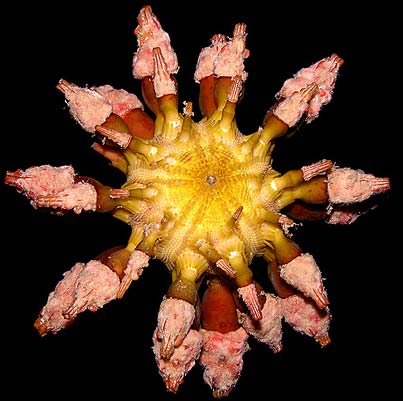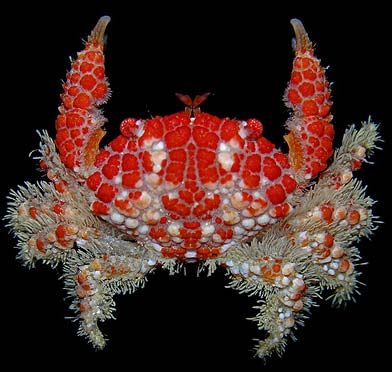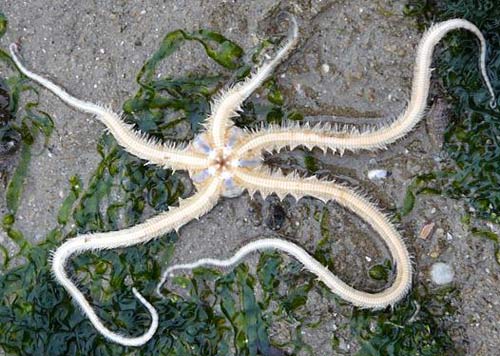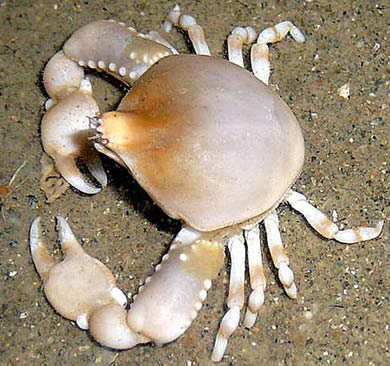Crazy Stuff – Invertebrates Minus Insects

Sea Urchin
This section is not about Bigfoot or the Loch Ness Monster, The Chupacabra or other cryptozoological creatures whose existence we are not yet certain of, but about things whose existence can be just as astounding. This section might be called “invertebrates” or “spineless creatures”, but we already have a section with insects which are usually and officially classified as invertebrates. Insects are such a large, fascinating and diverse group that they do merit a section of their own. So, without the insects, what do you have left in the invertebrate group?
Take a look at some of the larger groups:
- arthropods – spiders, crustaceans, scorpions and centipedes
- echinoderms – starfish, sea lilies, feather stars, brittlestars, sea cucumbers and sea urchins
- cnidarians – jellyfish, corals, sea anemones and hydras
- flatworms and segmented worms
- molluscs – nudibranchs, snails, slugs, limpets, sea hares, mussels, clams, oysters, scallops and cephalopods (including squid, octopus, cuttlefish and nautilus)
- sponges

Whoa, real crazy stuff, some strange creepy crawlers with stranger names and even stranger behaviors, many of them doing their thing in the ocean waters. Here we are getting as far from the human species in the evolutionary tree as possible, besides the microbiotic and fungal worlds. These are ancient and alien species that branched off and evolved almost into the realm of science fiction but they are real!

Brittle Star
Some of these creatures stopped evolving eons ago and have been happy with their simple way of life since then. They have no need for complex things like eyes, internal organs and the like. The simplest animals, sponges, have many cells but do not have true tissues, or groups of cells with the same function. More complex simple animals, such as corals and jellyfishes, do have tissues but no organs. The most complex of the simple animals, sea squirts and lancelets, have a flexible rod that is a simple form of the spinal column of vertebrates.

Pebble Crab
